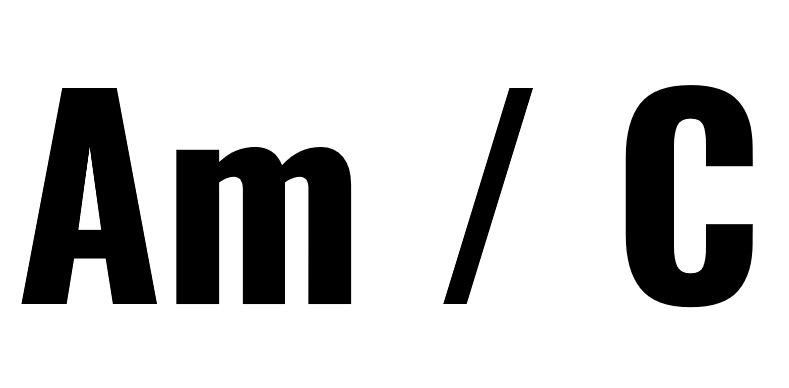Natural minor scales consist of 7 different notes, and the same goes for major scales.Some major and minor scales have the same notes as each other, but start on different notes, making them different key signatures. These are relative keys. For example, the C major scale uses all the same notes as the A natural minor scale. On the piano, only the white keys are used for these two scales. For C major, you would start on a C and play ascending notes up to the next C, using only the white keys. For A minor, you would do the same but starting and ending on an A note.
- C major scales have these notes: C, D, E, F, G, A, B, C
- A minor scales have these notes: A, B, C, D, E, F G, A
- Notice both scales use the same notes, but start on a different note.
‘A minor’ (also known as ‘A natural minor’), is called the “relative minor” of ‘C major’, because they are related in terms of using exactly the same notes. Or you could say, C major is the relative major to A minor. Sometimes these can be used in the same song because they fit together. For example, ‘Run’ by Snow patrol plays in the key of A minor for the verses, but then bases the chorus around the C major key, and it works because all the notes and chords in both keys use exactly the same notes, but are just centered in a different place.
